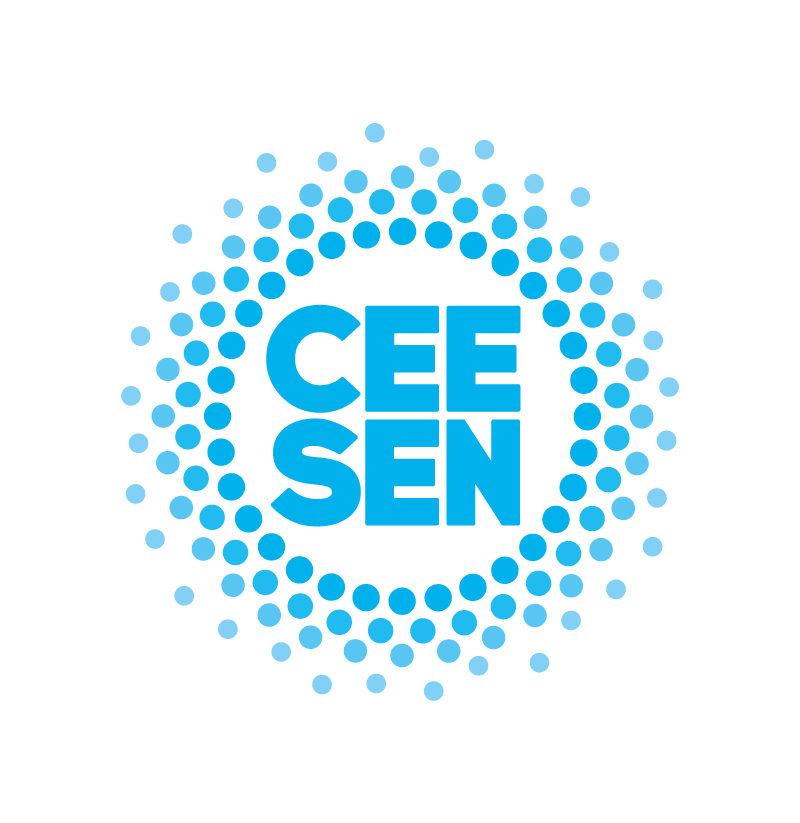The Project
Facilitating Multi-level governance for Energy Efficiency (multEE) is a Horizon 2020 project that aims to improve the consistency and quality of energy efficiency policy planning and implementation through innovative monitoring and verification schemes as well as through improved coordination between different administrative levels.
Challenges
By using energy more efficiently, Europeans can lower their energy bills, reduce their reliance on external suppliers of oil and gas and help protect the environment. However, there are numerous challenges associated with energy efficiency, which is one of the pillars of EU energy and climate policy. Specific challenges include:
Governance failures and non-technical barriers to energy efficiency
Energy statistics are inadequate for monitoring purposes, and current M&V schemes are in part poorly designed and not sufficiently adapted to concrete needs. Innovative M&V schemes and improved vertical integration help to unfold the potential of technical innovation and implemented projects.
The need to empower public authorities in a multi-level governance setting
Public authorities on all levels play a key role in implementing effective energy efficiency measures. However, energy efficiency plans on the municipal and national level are often not sufficiently harmonised and pursue divergent goals. multEE develops adapted M&V tools and coordination concepts and provides targeted capacity-building measures, enabling public officials to make the most out of these tools.
The multi-level governance of energy efficiency needs to be improved
The vertical integration of energy planning on different governmental levels remains an issue in many European countries. Better coordination mechanisms can help energy policy planners avoid overlaps between measures and contradicting targets, while increased information exchange between levels can facilitate the monitoring of measures taken on the regional and local level.
A lack of reliable data on energy efficiency measures and their results
Inadequate monitoring systems, based on energy statistics instead of bottom-up data, do not provide an overview of all energy efficiency measures implemented at different administrative levels. The innovative M&V system developed through multEE empowers communities and regional actors to enter data on their energy efficiency measures themselves, streamlining the process and freeing up capacities for other activities. Capacity-building for M&V needs will be provided by the project.
Objectives
The overall objective of multEE is to improve the consistency and quality of energy efficiency policy planning and implementation through innovative monitoring and verification schemes as well as through improved coordination between different administrative levels.
In order to reach this goal, two sub-goals will have to be achieved:
Introducing innovative monitoring and verification (M&V) schemes. These schemes are based on bottom-up data to ensure that the impact of energy efficiency measures is correctly evaluated and useable for future energy efficiency planning.
Improving vertical coordination between administrative levels. The objective here is to exploit the full potential of the integrated M&V schemes developed in multEE and improve the overall quality of energy efficiency planning
A step-by-step approach is adopted to reach both goals. First of all, European best practices will be mapped and analysed. Then, a best practice case model will be developed and adapted to the specific needs of each partner country. At the same time, the necessary capacities will be built, considering the transferability of results to all interested countries.
Measures
An innovative M&V scheme is currently being implemented and tested in two of the project’s partner countries (Croatia and Macedonia). During the implementation, CO2 emissions, energy consumption and costs will all be monitored simultaneously across administrative levels. The scheme allows for the integrated monitoring of national energy efficiency action plans (NEEAP) and all types of local and regional plans simultaneously.
Afterwards, multEE proposes to adapt and calibrate such a scheme for implementation in partner countries, taking into consideration existing solutions and providing capacity building within the countries the countries.
Even though the measures proposed by multEE specifically apply to energy efficiency planning, they will also benefit other policy areas. It is foreseen that innovative data collection and evaluation tools as well as improved coordination mechanisms, will make a substantial contribution to all domains of sustainable energy and climate policy planning.
